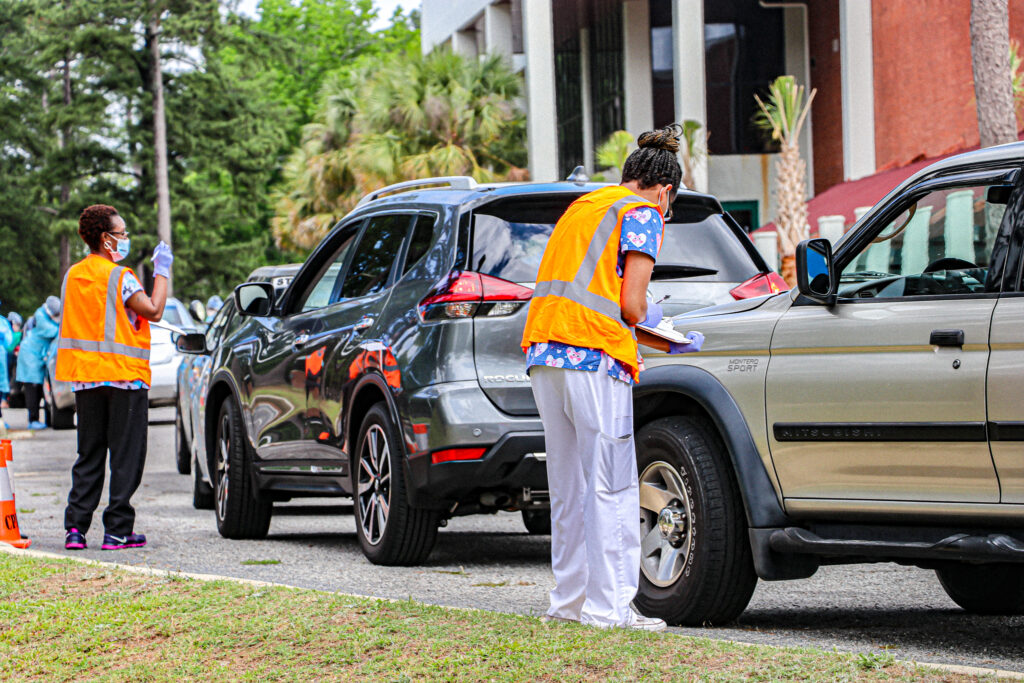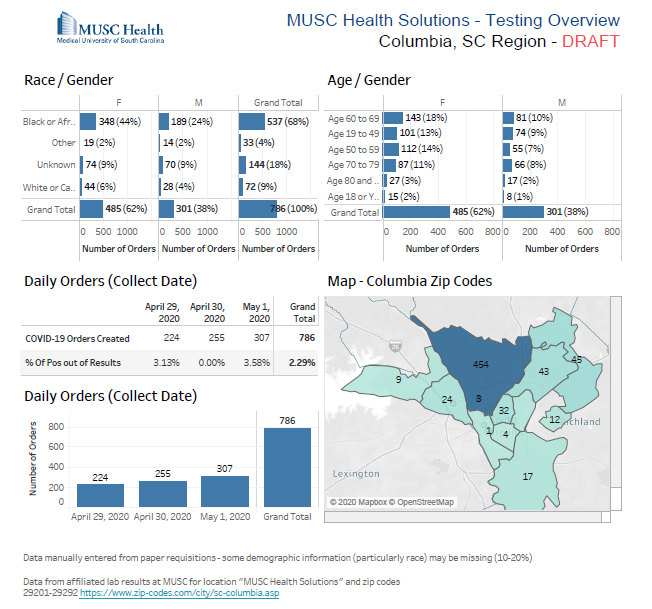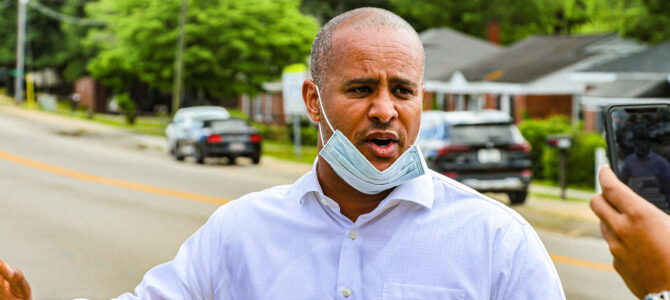Wednesday afternoon, South Carolina’s Department of Health and Environmental Control reported that the total number of positive COVID-19 cases within the state had reached 6,936 with 305 total deaths. It has been these numbers that experts have used to gauge the risk in closing and reopening countless businesses, colleges, and public spaces across the state, and it is these numbers that Representative Todd Rutherford urges us to avoid.
Last week, the Representative from Richland held a press conference where he announced free COVID-19 testing to those in the zip code area of 29203 in an effort to address testing disparities that have developed in the past month. Rutherford also took the opportunity to challenge Governor Henry McMaster’s use of the number of positive cases in South Carolina as the sole metric in analyzing the virus.

Representative Rutherford encouraged McMaster and health officials to consider basing their projections and reopening strategies on hospitalization rates rather than the number of positive cases reported in a day. Rutherford argues that the daily tracking numbers provided by DHEC reporting the total number of positive cases are flawed and – by DHEC’s own admission – not entirely accurate. This is due to the fact that at least seventy percent of those who have been confirmed as having COVID-19 have since recovered and are no longer contagious. This recovery rate is not taken into consideration in the reporting of positive cases.
It is also not uncommon for an individual to have COVID-19 yet remain asymptomatic and continue to pass the disease on to those around them. These sort of “silent spreaders” are similarly not factored into the daily positive count that the governor continues to use in plans for reopening South Carolina.
Additionally, the reporting of new positive cases by DHEC can result in what appears to be the development of new hot spots across the region. However, even these hot spots are not all that they seem. On April 30th, GoUpstate reported an incident where 43 positive coronavirus results had sat in a private lab for thirty days before being reported to DHEC. Once these results had been reported, it appeared as if a new hot spot had emerged due to an increase in positive cases in the region.

These are the types of uncertainties that analyses based solely on the number of positive cases create. Rutherford is right to demand a change in the governor’s metrics and actions and may be right in that hospitalization rates could better indicate the impact of the virus on South Carolina’s healthcare infrastructure. And as of Wednesday, only 485 of the 10,062 inpatient beds that are used by major local hospitals were being occupied by individuals who are confirmed or believed to have COVID-19 per DHEC.
We stand with Rutherford and urge South Carolina’s experts to avoid relying on some of the least reliable data that has developed out of this pandemic, and we encourage Governor McMaster to consider the fact that there is no returning to normalcy.
“I don’t believe that we are ever going back to normal – not any time soon,” said Rutherford. “I think a lot of people think that there’s a light switch that’s going to go off and all of a sudden we’re going to be at zero. That’s not going to happen.”


